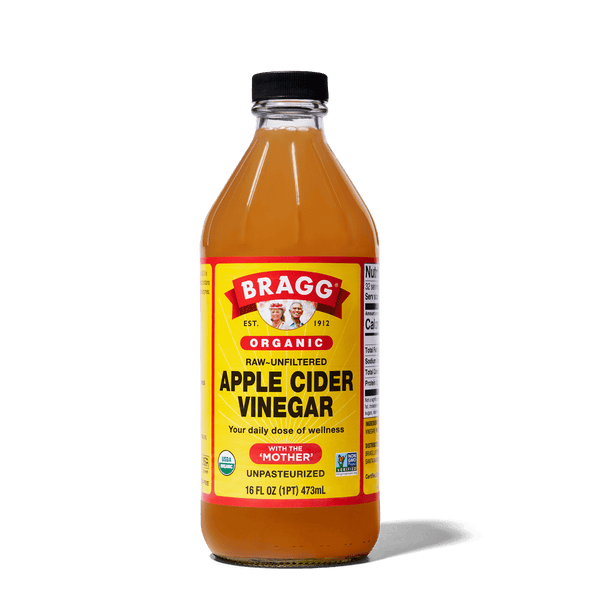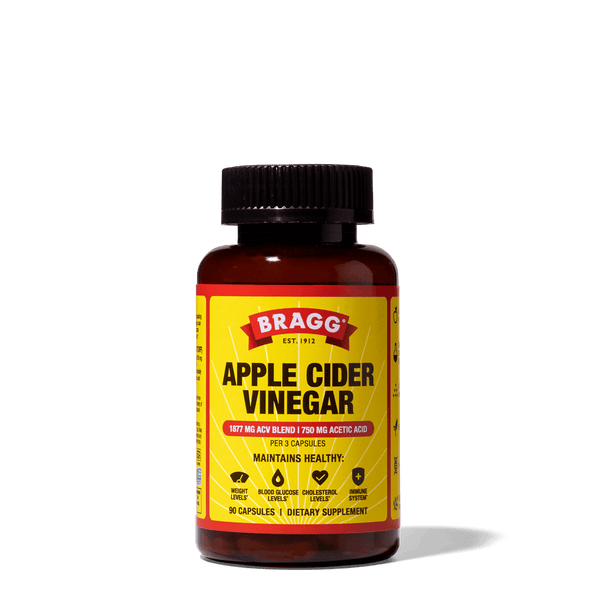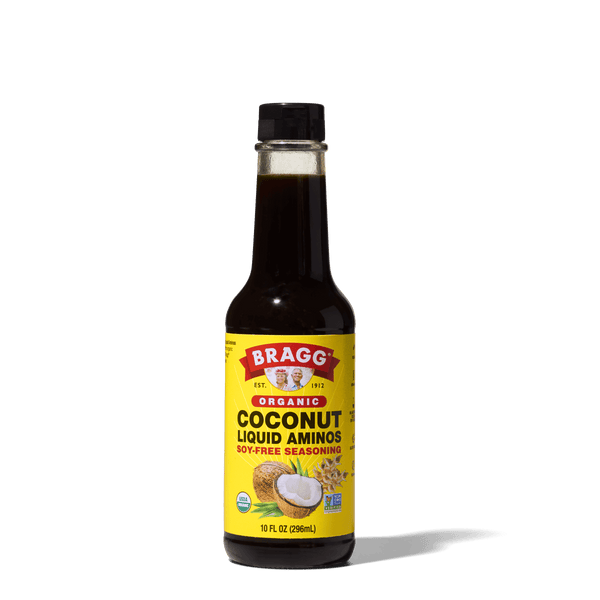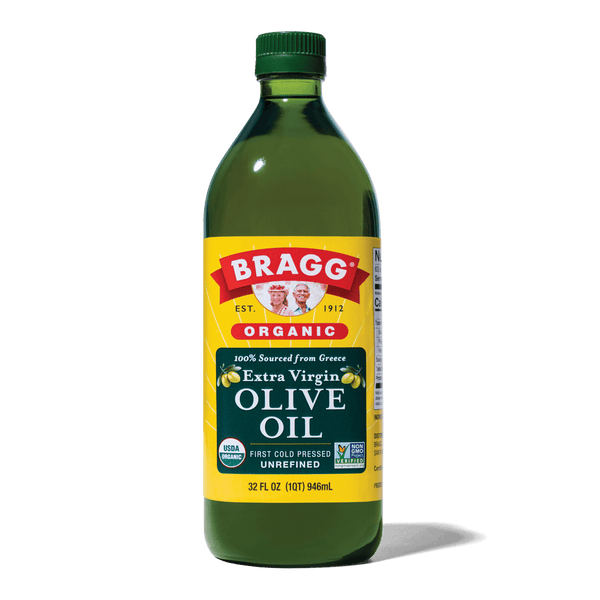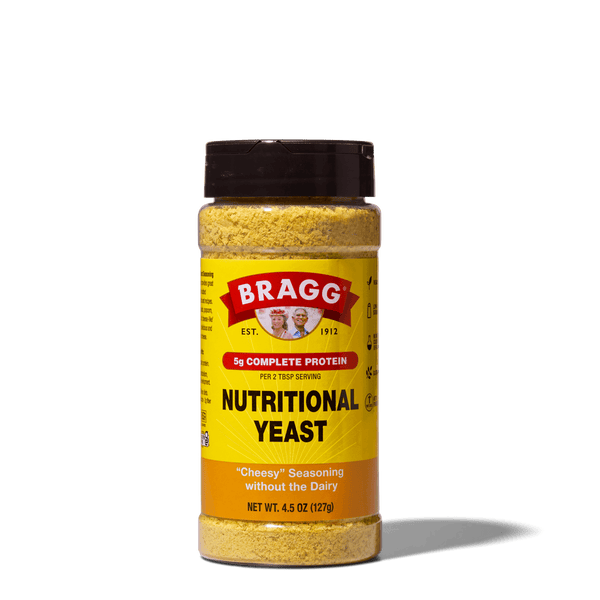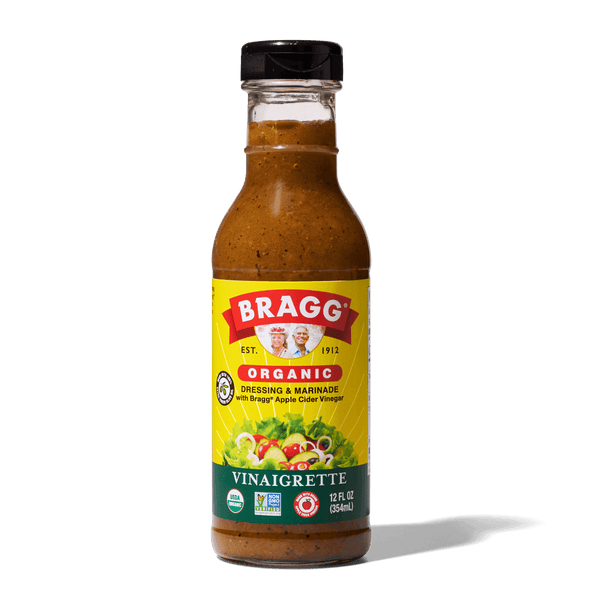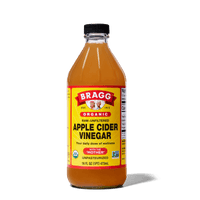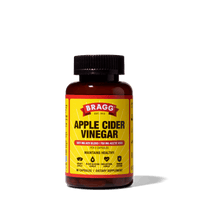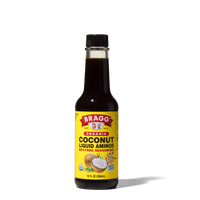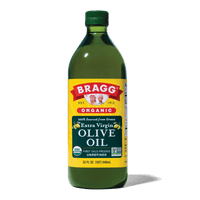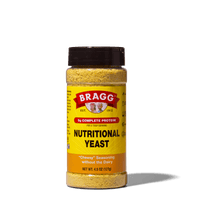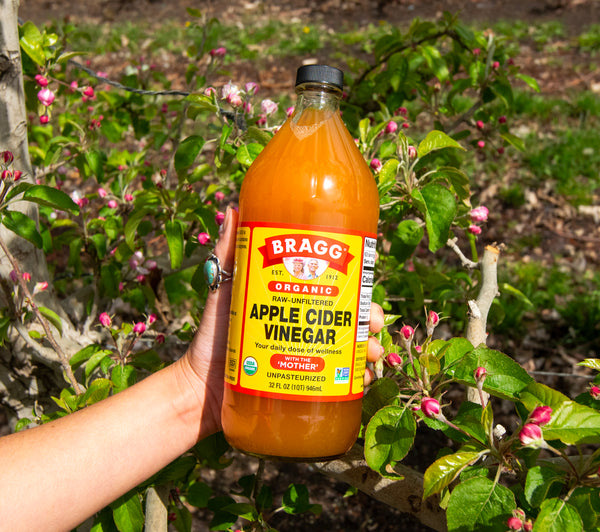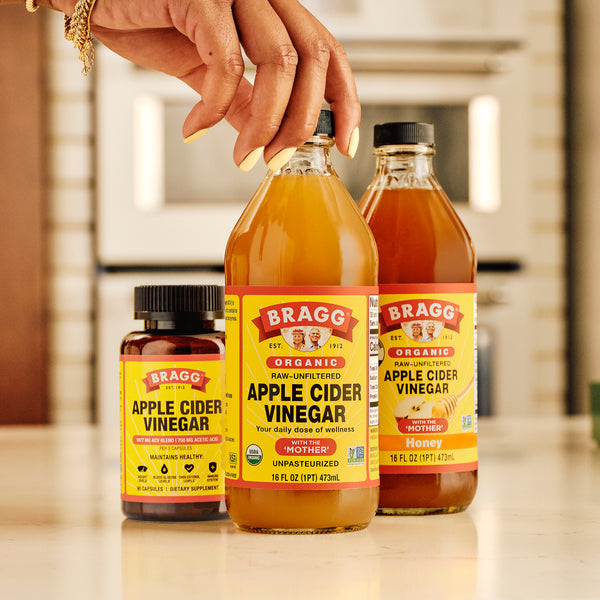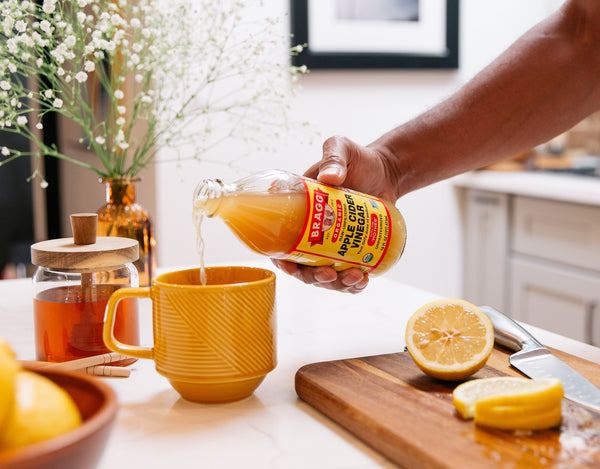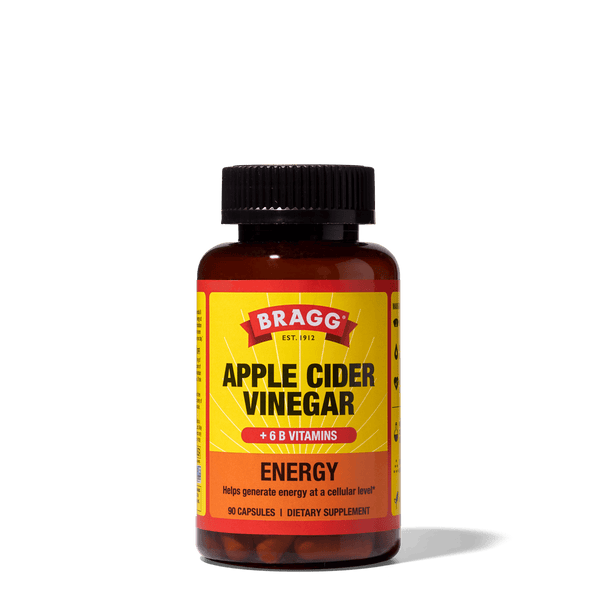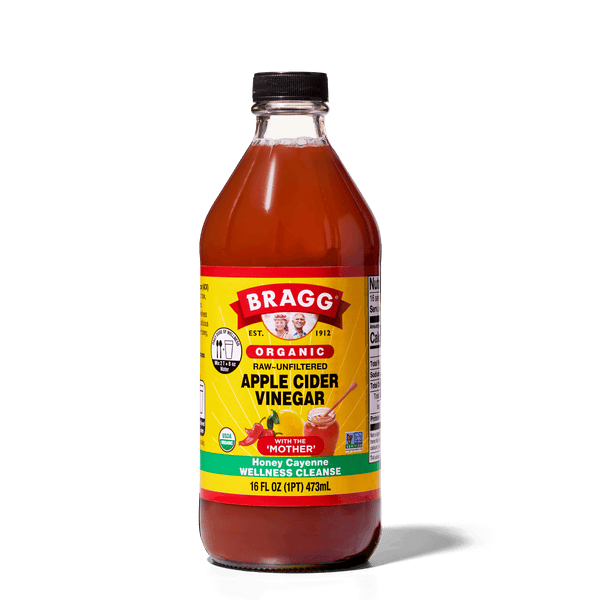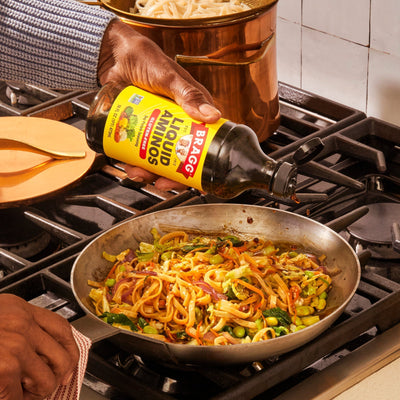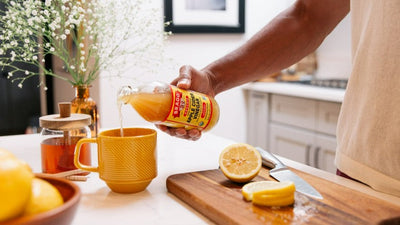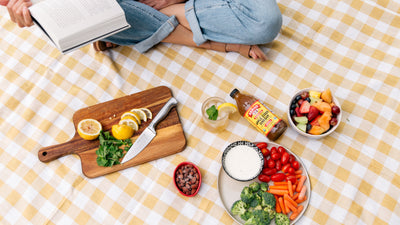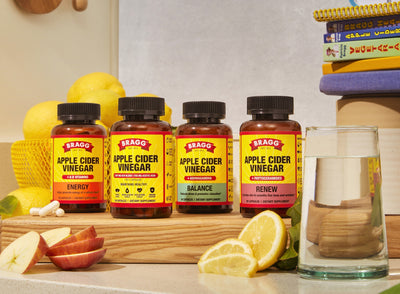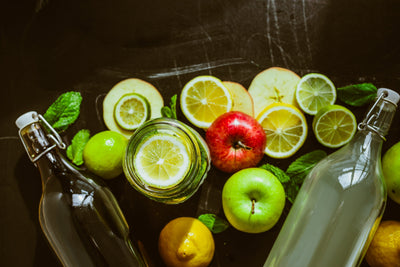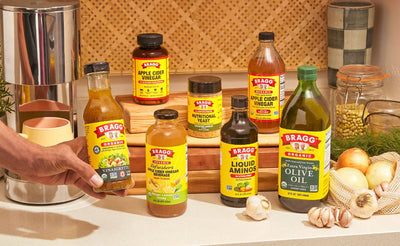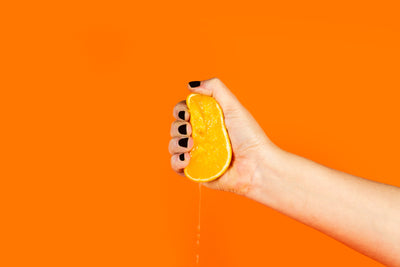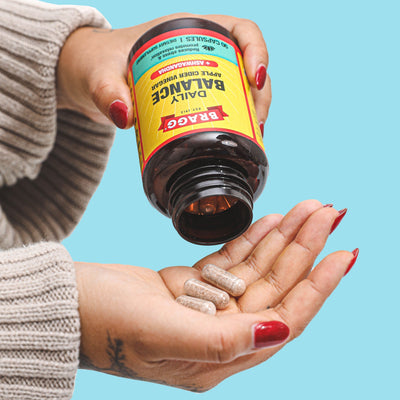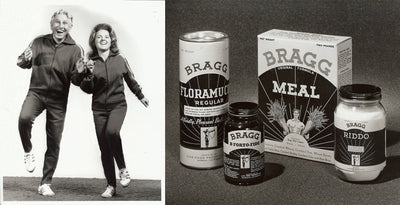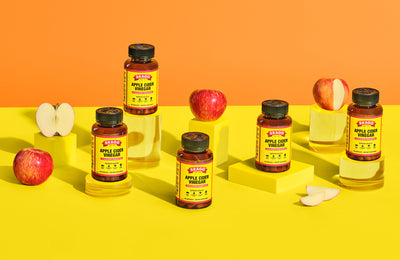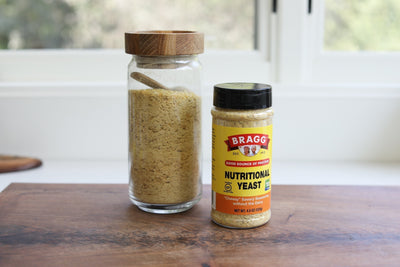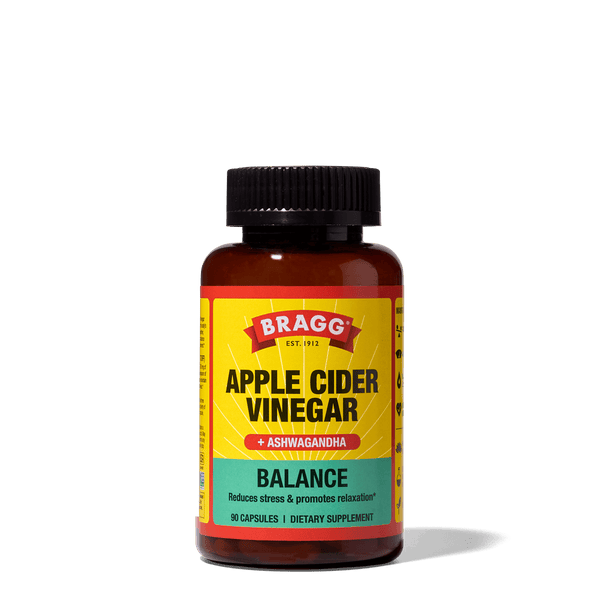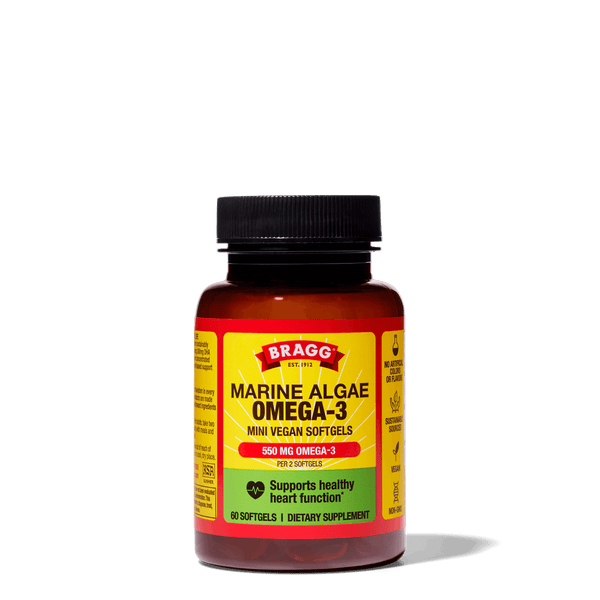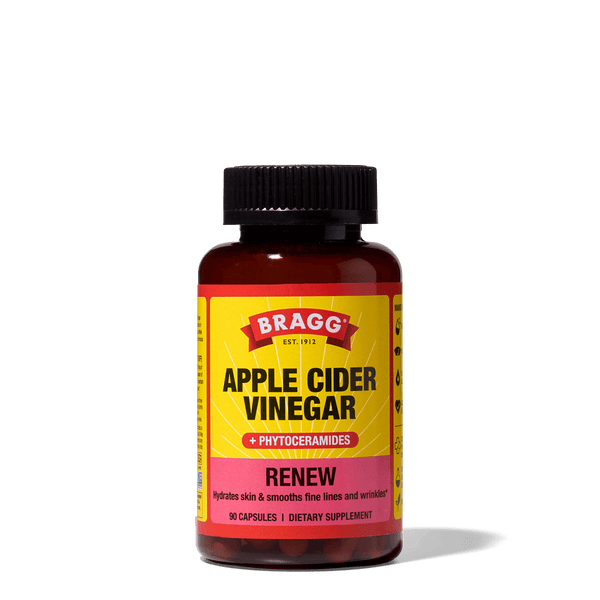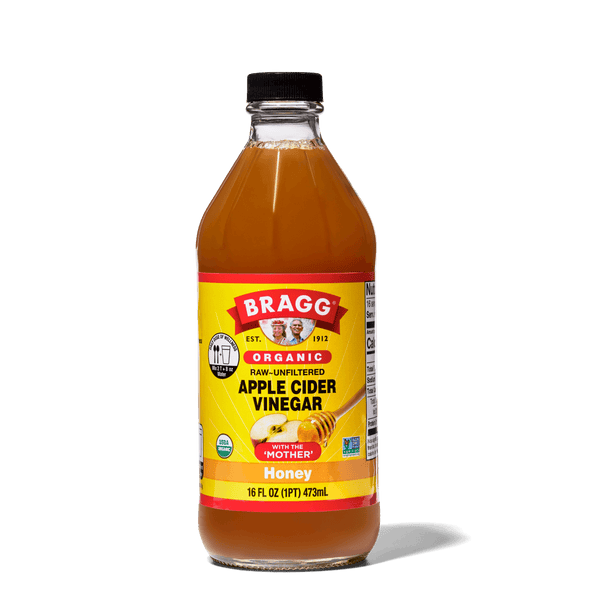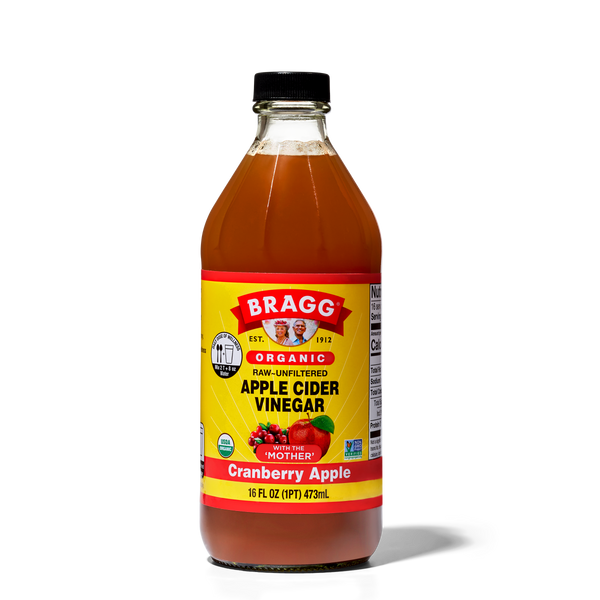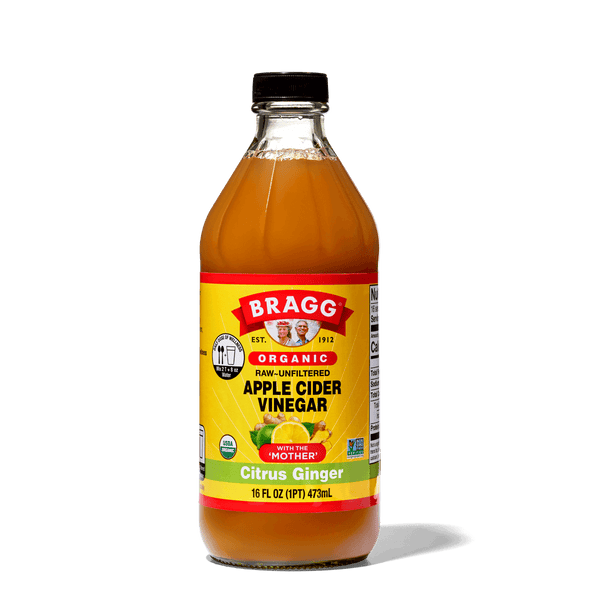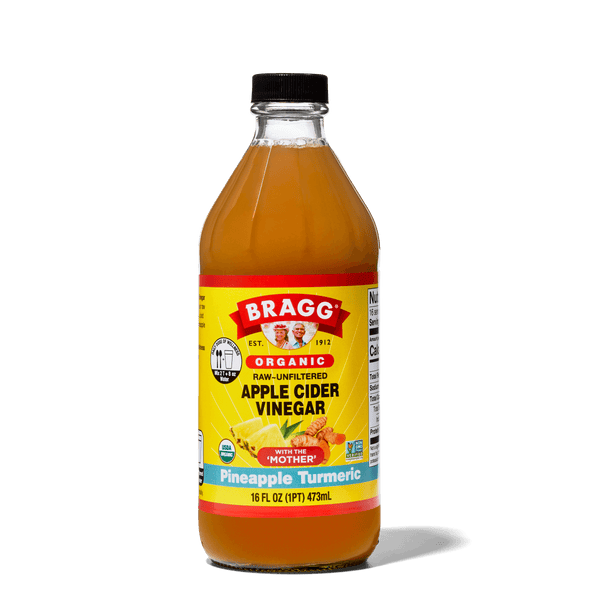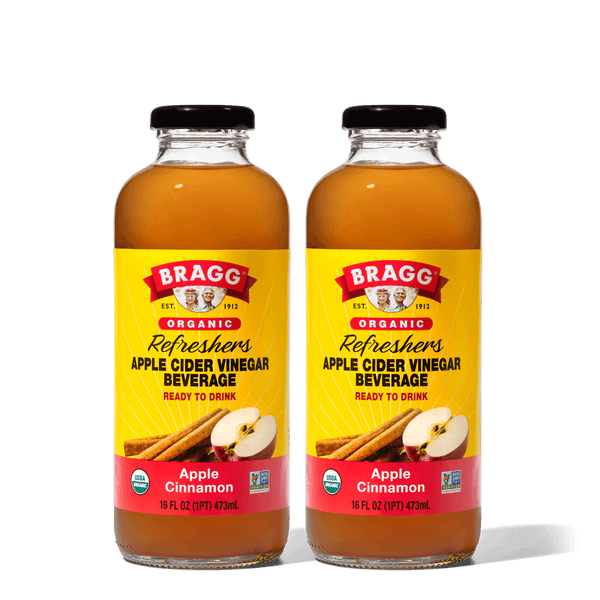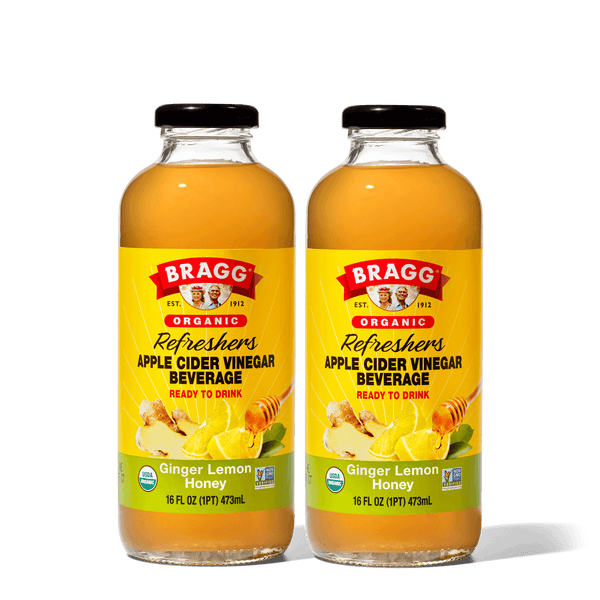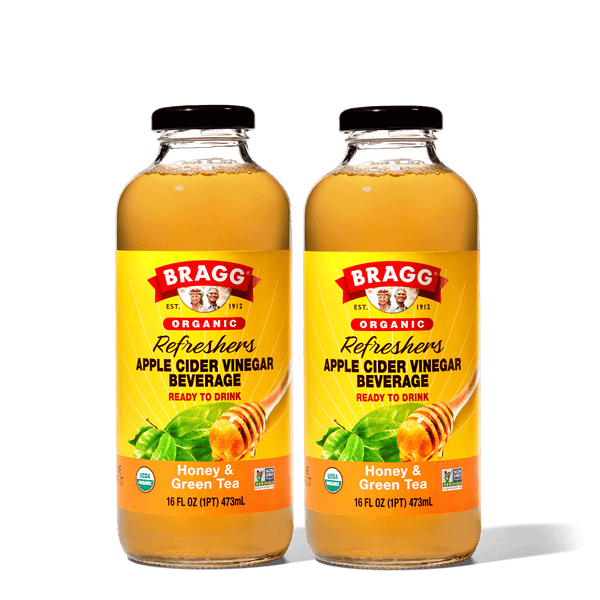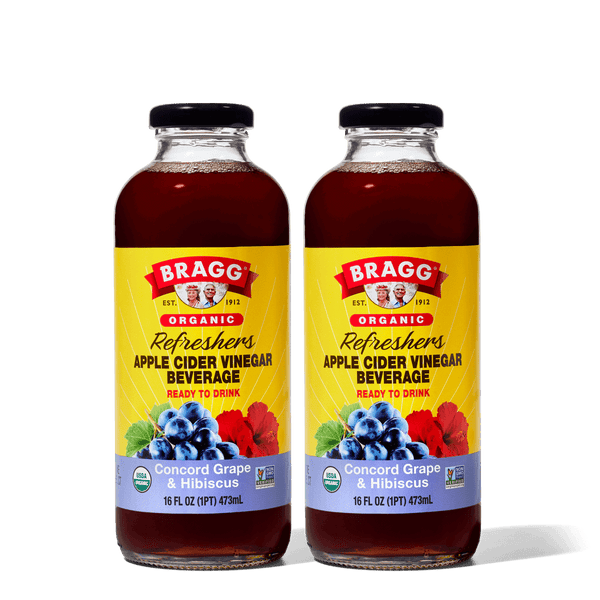Vinegar is a household hero. Whether you’re dressing up a salad, cleaning your countertops, or exploring home remedies, there’s a type of vinegar for every task.
But when it comes to choosing between apple cider vinegar (ACV) and white vinegar, what really sets them apart? And more importantly, which one deserves the spotlight in your wellness, cooking, and cleaning routines?
Let’s break it down…
Understanding the Basics of Vinegar
What Is Apple Cider Vinegar?
Apple cider vinegar is made from fermented apples. It’s packed with acetic acid and contains the “Mother”, a naturally occurring substance with live cultures and acetic acid that many people include in wellness routines
However, not all apple cider vinegar is created equal…
Many commercial varieties are heavily filtered and pasteurized, stripping away the “Mother,” a beneficial mix of organic acids, acetic acid, friendly bacteria, and other material that help make ACV. High-quality options like Bragg ACV retain the “Mother,” which is what gives ACV much of its potential wellness value and sets it apart in both quality and nutritional integrity [¹].
What Is White Vinegar?
White vinegar, in contrast, is usually derived from grain-based ethanol. It’s a high-strength vinegar (up to 5-7% acetic acid) [²] commonly used for pickling, cleaning, and cooking. While it lacks “The Mother,” it’s unbeatable for heavy-duty tasks and its sharp, no-nonsense tang.
Both belong to the vinegar family, but their uses, benefits, and flavors couldn’t be more different.
Daily Use Comparison
If you’re deciding which vinegar to incorporate into your daily life, here's how ACV and white vinegar are generally used in routines.
ACV Most Popular Uses
-
Mixed into wellness drinks or mocktails as part of a daily routine
-
Used in dressings and marinades to add tangy flavor and acidity
-
Incorporated into beauty routines (e.g., toner, nail polish remover, foot soaks)
White Vinegar Most Popular Uses:
-
Surface cleaner (paired with baking soda)
-
Pickling vegetables
-
Adding tang to soups or sauces
Winner for Used: Apple cider vinegar edges ahead here, thanks to its versatile usage and probiotic support due to its fermentation [³]. But white vinegar also holds ground in specific food prep and cleaning [⁴].

Head-to-Head in the Kitchen
ACV in Cooking
When it comes to taste, ACV boasts slightly fruity notes that can make your dishes pop. It’s a favorite ingredient for:
-
Tangy vinaigrettes
-
Marinades for meats
-
Fruit-based chutneys
Plus, ACV’s slightly sweet, tart profile makes it a go-to choice in many versatile recipes.
White Vinegar in Cooking
White vinegar, on the other hand, has a stronger, sharper flavor. It's often used for:
-
Pickling veggies to perfection
-
Can add bite to sauce, soup, and salad dressing
-
Tenderizing meats in marinades
If you’re looking for bold, sour notes, white vinegar is where it’s at. Some people find white vinegar’s sharp flavor bold and distinctive, perfect for recipes that need strong acidity.
Winner for Cooking: It depends on the recipe. ACV wins for versatility, but white vinegar shines in recipes requiring more acidity.
If you're looking for ACV recipes, such as delicious dressings, be sure to check out our recipes page!
Introduction to Vinaigrettes
We can’t talk about cooking with vinegars without talking about vinaigrettes…
Vinaigrettes are a type of salad dressing made with a combination of oil, acid, and seasonings. They are a versatile and healthy alternative to traditional creamy dressings. Apple cider vinegar, a key ingredient in many vinaigrettes, adds a tangy flavor and is a popular addition to wellness-forward recipes.
When making a vinaigrette, it’s essential to balance the flavors to create a delicious dressing that compliments your salad. With a variety of ingredients to choose from, including maple syrup, Dijon mustard, and garlic, you can create a unique flavor profile that suits your taste.
Looking for a vinaigrette that isn’t packed with oils? This next section is for you.
BRAGG's Oil-Free Organic Apple Cider Vinaigrette
BRAGG's Organic Apple Cider Vinaigrette is a versatile addition to your kitchen that can elevate a variety of dishes. Its oil-free formula allows you to enjoy a tangy kick without the added fats, making it a great option for those seeking a lighter diet.
When you’re ready to use your vinaigrette, give it a good shake to emulsify the ingredients. You can use your vinaigrette on a variety of salads, from simple green salads to more complex grain bowls and roasted vegetable salads. You can also use it as a marinade for chicken or as a dip for vegetables.
Cleaning Power Comparison
Apple Cider Vinegar
ACV’s acetic acid content gives it natural cleaning power and has been traditionally used for deodorizing and household surface cleaning [⁵].
-
Mix with water to create a multipurpose cleaner
-
Use undiluted on tough stains like coffee or rust
-
Add some essential oils for a fresh scent
Tip: ACV’s natural acidity may etch some porous surfaces, so it’s best to test a small area before use.
White Vinegar
White vinegar should not be underestimated when it comes to cleaning power. Not only is it budget-friendly, but it also has a variety of household uses.
-
Dissolve mineral deposits and soap scum in your bathroom
-
Remove hard water stains on faucets and showerheads
-
Mix with baking soda to unclog drains
-
Soak a cloth in vinegar to remove wrinkles from clothes without ironing
Tip: Always test a small area before using vinegar on surfaces, as it may cause damage.
Winner for Cleaning: When it comes to household tasks, white vinegar is a popular go-to. Thanks to its high acidity, it's often used to help cut through buildup and tackle mild odors [⁶]. ACV can also be used for cleaning, but it’s better suited for lighter tasks like freshening laundry or cleaning glass.
While vinegar has been traditionally used in household cleaning, its performance may vary by surface and application. Do not use on porous or sensitive surfaces without testing first.

The Versatility of Apple Cider Vinegar
While we’ve discussed the health benefits, cleaning power, and cooking uses of ACV, we can’t stop there.
Not only is apple cider vinegar a popular choice for all the above, but it also has several other uses that have been gaining popularity in recent years.
Here are a few examples:
-
Beauty: Some people include diluted ACV in their skincare or haircare routines as a traditional way to refresh or clarify. Always dilute and patch test before topical use.
-
Gardening: Due to its acidity, diluted ACV can act as a natural pesticide for plants and even help prevent fungal growth on leaves [⁷].
-
Pet Care: Some pet owners use diluted ACV as part of their pet grooming routine, though it’s important to consult a veterinarian before using it topically on animals.
Personal care and home uses of apple cider vinegar reflect traditional practices and anecdotal use. This product is not intended for medical or veterinary treatment. Always consult a healthcare provider or veterinarian before applying to skin, hair, or animals.
How to Incorporate Vinegar in Your Everyday Life
There are many ways to incorporate vinegar into your daily routine. Here are a few ideas to get you started:
-
Some people enjoy diluted apple cider vinegar in the morning as part of their wellness routine.
-
Use white vinegar as a natural all-purpose cleaner for household surfaces, such as countertops and windows.
-
Add apple cider vinegar to salad dressings or marinades for a tangy flavor.
-
Mix equal parts of water and ACV in a spray bottle and use it as a natural weed killer in your garden.
-
Create a refreshing facial toner by diluting apple cider vinegar with water and applying it to your skin with a cotton pad.
-
Use white vinegar to remove mineral deposits on showerheads and faucets by soaking them in a mixture of equal parts water and vinegar overnight.
FAQs
Q: How do I store vinegar?
A: Store all vinegar in a cool, dark place. Keep it tightly sealed to prevent air from entering and lowering the acid content.
Q: Can I use any type of vinegar for pickling?
A: Even though white vinegar is typically used for pickling because of its clear color and neutral flavor, you can absolutely use other vinegars, such as apple cider vinegar, to create great pickling recipes. Just be aware that the resulting pickles may have a slightly different taste.
Q: How long does vinegar last?
A: Vinegar has an almost indefinite shelf life if stored properly in a cool, dark place. As long as the vinegar remains tightly sealed and doesn't develop any off smells or mold, it should be safe to consume. However, its flavor may diminish over time.
Want to Learn More About Apple Cider Vinegar?
ACV isn’t just a bottle of vinegar; it’s a tangy kitchen staple that many people include in their wellness routines. At Bragg, we take pride in crafting organic apple cider vinegar with the “Mother,” full of goodness to support your vibrant lifestyle.
Feeling inspired? Check out our collection of health-focused ACV products here.
Sources
1. https://pmc.ncbi.nlm.nih.gov/articles/PMC1785201/
2. https://pmc.ncbi.nlm.nih.gov/articles/PMC8588917/
3. https://pmc.ncbi.nlm.nih.gov/articles/PMC5788933/
4. https://pmc.ncbi.nlm.nih.gov/articles/PMC3940030/
5. https://www.healthline.com/health/ph-of-vinegar
6. https://pmc.ncbi.nlm.nih.gov/articles/PMC8369171/
